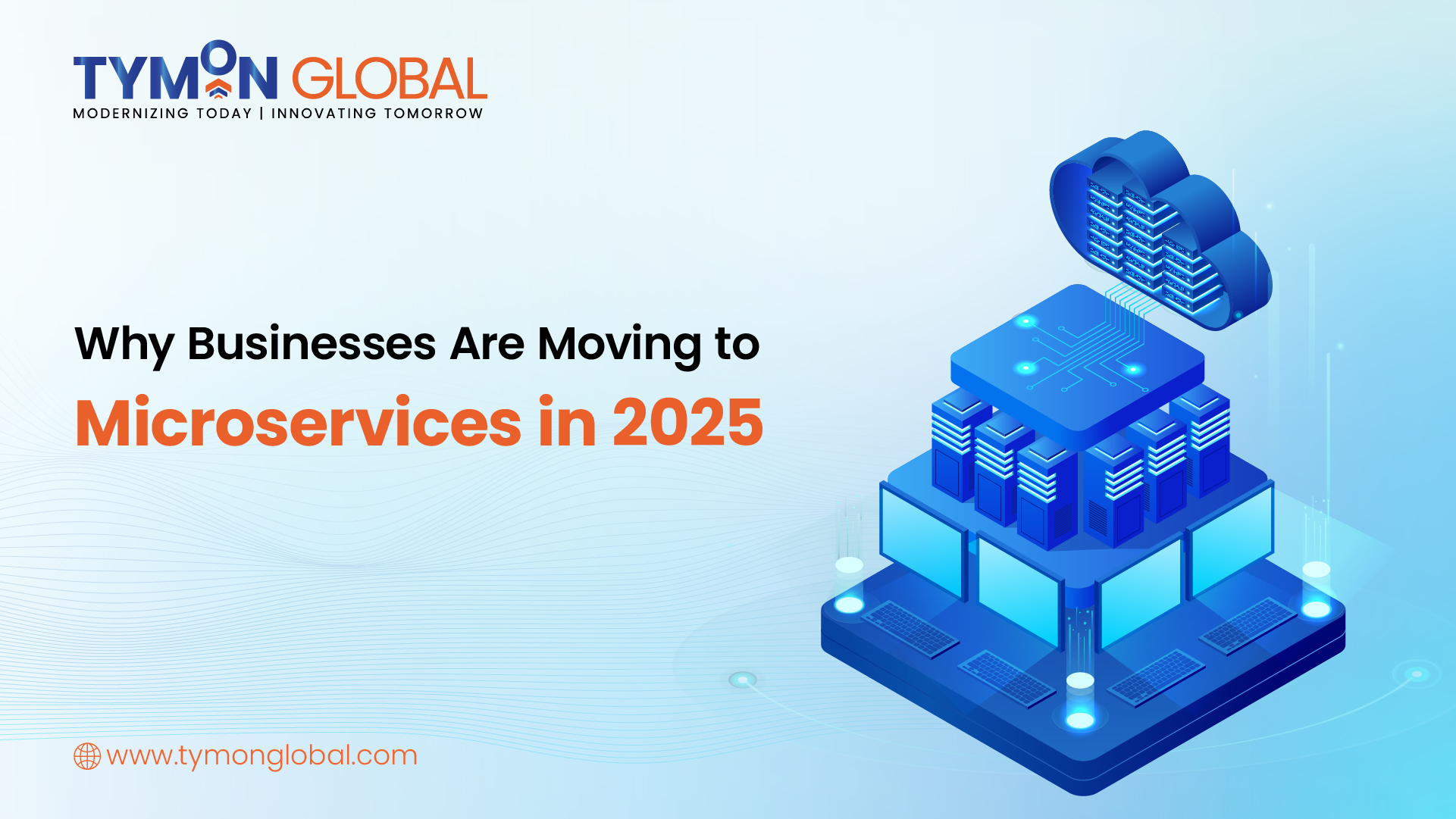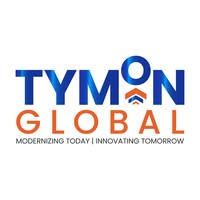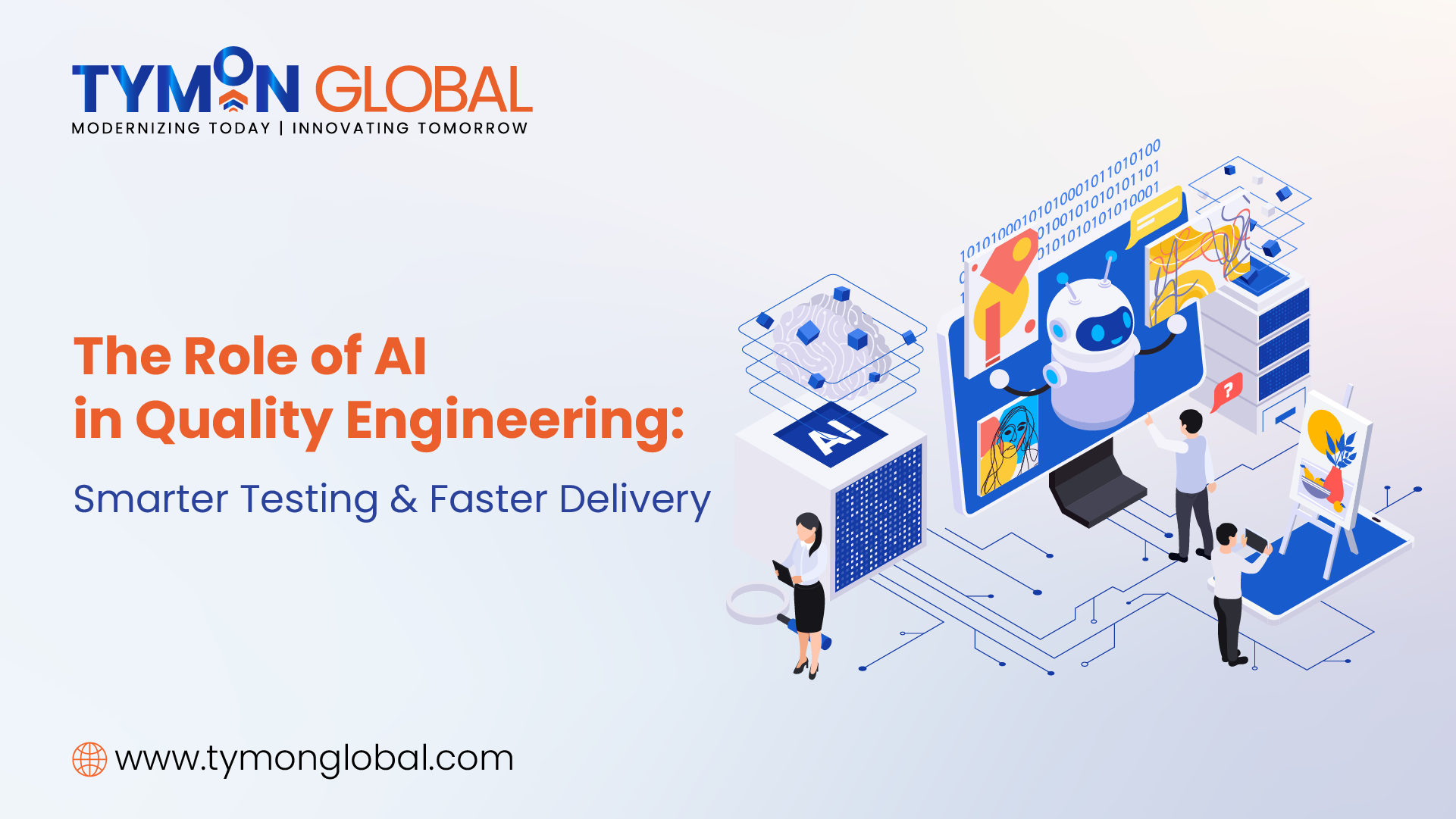Why Businesses Are Moving to Microservices in 2025

Strong 8k brings an ultra-HD IPTV experience to your living room and your pocket.
Microservices architecture divides applications into smaller, self-contained services that can be developed, deployed, and scaled independently. This approach allows businesses to focus on specialized, manageable services, fostering innovation and increasing agility.
Despite global challenges like the pandemic and geopolitical tensions, the microservices market is growing rapidly. It's expected to reach $10.86 billion by 2027, with a CAGR of 19.6%, as more organizations adopt this architecture to stay competitive and efficient.
Let's explore the reasons behind this transformation and how leading technology service providers are at the forefront of this growth, offering businesses solutions they need to remain agile, innovative, and ready for the future.
What Are Microservices, and Why Are They Important?
Microservices are a design pattern where an application is broken down into smaller, loosely coupled services, each focusing on a specific business function. Unlike monolithic applications, where all components are tightly integrated, microservices allow for more agility, flexibility, and scalability. This distributed approach allows businesses to develop, deploy, and scale different components of an application independently.
In 2025, businesses are increasingly adopting microservices architecture because it offers several key benefits critical to their growth and operational success.
Top 2025 Microservices Trends
Companies across industries are adopting microservices architecture for end users in various sectors like Retail, healthcare, IT, and telecom, which may provide solutions. As smartwatches, iPads, and fitness monitors become more linked, SaaS and PaaS companies have quickly adopted cloud-based solutions.
The solutions category has risen the most across industries due to customer-focused enterprises using microservices architecture. The next big thing in web application development, microservices help organizations with faster development cycles, scalable and flexible systems, and higher productivity at reduced costs:
Service Mesh: A service mesh improves the communication and observability between microservices. It includes a data plane for proxies that manage communication and a control plane for configuration. This technology improves security, reliability, and flexibility, becoming increasingly popular in microservices architecture.
Kubernetes: Kubernetes is a leading platform for managing microservices, offering features like service discovery, load balancing, and scaling. Top service providers like Tymon Global adopt Kubernetes to optimize deployments, improve uptime, and accelerate the release of new features, ultimately driving faster time-to-market.
Artificial Intelligence Operations (AIOps): AIOps uses AI and machine learning to automate IT operations, from monitoring to incident response. It helps microservices environments detect issues, optimize resources, and automate deployment, making operations smoother and more efficient.
API Management: APIs are essential in microservices communication. API management tools ensure secure, efficient, and scalable communication between services by offering authentication, rate limiting, analytics, and versioning, ensuring smooth interactions in a distributed architecture.
Serverless Architecture: Serverless architecture allows developers to construct microservices without handling waitpeople. The cloud provider handles scaling and infrastructure, reducing costs and allowing businesses to focus on developing code and enhancing service flexibility and resilience.
Cloud Adoption: With the growing reliance on cloud-based applications, businesses are adopting multi-cloud strategies, particularly with microservices. This offers greater scalability and agility, while helping reduce vendor lock-in and optimize costs, although careful cost management is crucial.
Observability Tools: To ensure smooth operations, observability tools like Grafana Labs and Datadog provide insights into the health of microservices, tracking logs, metrics, and traces. These tools help organizations monitor performance and quickly address any issues in their microservices architecture.
Frameworks for Web Services: Choosing the right framework for building microservices is key. Options like Spring Boot, Eclipse Vert. X Oracle Helidon helps developers build scalable, efficient, and maintainable services, ensuring smoother deployments and easier management.
The Business Benefits of Microservices
Improved Scalability:
One of the most compelling reasons businesses are shifting to microservices is the ability to scale applications more efficiently. Microservices allow enterprises to scale components on demand rather than the whole system. This provides better resource utilization, reduces costs, and confirms that applications can handle traffic spikes without performance degradation.
Faster Time to Market:
Microservices support quicker development cycles and more regular updates. Since teams work on smaller, independent services, they can release updates more frequently without disrupting the entire application. According to a 2024 industry report, businesses adopting microservices have reported a 30% reduction in development time, accelerating their ability to launch new features and innovations to the market.
Improved Flexibility and Innovation:
Microservices delegate development teams to use other programming languages, frameworks, and technologies for each service, creating an environment that fosters innovation. This flexibility allows businesses to adopt modernized technologies and integrate with various third-party services without significant overhead.
Resilience and Fault Tolerance:
With microservices, if one service fails, the others operate without disruption. This increased fault tolerance ensures that critical business functions are not impacted by localized issues, reducing downtime and enhancing the overall user experience.
Cost Efficiency:
By adopting microservices, businesses can reduce infrastructure costs. With a cloud-native approach to microservices, companies can utilize elastic scaling, ensuring that resources are only used when needed. A study by McKinsey found that organizations migrating to microservices experience up to 40% savings in infrastructure costs.
Microservices vs. Monolithic Architecture
When comparing microservices to monolithic architecture, the differences become clear. A monolithic approach ties all components together, making it harder to scale, update, or maintain. As a result, organizations often face longer development cycles and higher risks when deploying new features or fixing issues. On the other hand, microservices break down these barriers by offering modularity, independent deployment, and improved fault isolation.
Research shows that over 70% of enterprises are moving away from monolithic applications to embrace microservices, recognizing the long-term benefits in agility and scalability.
Cloud-Native Microservices: The Future of Application Development
The adoption of cloud-native microservices has accelerated in 2025, as businesses look to take full advantage of the cloud's capabilities. Businesses can deploy and manage their applications at scale by combining microservices with cloud infrastructure. Cloud-native platforms also support continuous integration and delivery (CI/CD), enabling faster updates and a more resilient application lifecycle.
With cloud-native microservices, businesses are no longer constrained by on-premises infrastructure limitations. They can deploy applications globally, ensuring low-latency access to users, regardless of location.
Why & How Tymon Global Shields Your Business with Microservices Solutions
As businesses continue to adopt microservices, they require the expertise of leading technology service providers to ensure a smooth transition and successful implementation. Tymon Global stands out as one of the top providers of digital transformation services, specializing in microservices architecture and cloud-native solutions. Below are some of the key microservices-related services Tymon Global offers:
Microservices Architecture: Businesses design microservices architectures that break applications into smaller, independent services, improving scalability, agility, and system performance.
Cloud-Native Services (Azure Deployment): Organizations use cloud platforms like Azure for deploying and managing microservices, ensuring optimal performance, scalability, and cost-efficiency.
DevOps and CI/CD: Integrating DevOps and CI/CD pipelines automates deployment, speeding up releases and ensuring high-quality software with continuous integration and delivery.
Containerization (Docker, Kubernetes): Containerization tools like Docker and Kubernetes improve scalability, flexibility, and resilience, making microservices easier to deploy and manage.
Cloud Optimization: Businesses optimize cloud infrastructure to reduce waste, improve uptime, and scale effectively while staying within budget limits.
Data Security: Security is prioritized by safeguarding sensitive data, implementing best practices, and maintaining compliance with industry regulations.
Business Agility: Microservices architecture enables faster development, quicker deployments, and better adaptability to market changes.
The Future is Microservices – Are You Ready?
In 2025, microservices are no longer just a trend—they are necessary for businesses that want to stay ahead in the competitive digital landscape. By embracing microservices architecture, organizations can enhance scalability, improve resilience, and foster innovation faster.
Whether you are considering a complete digital transformation or looking to adopt microservices in specific parts of your business, Tymon Global is here to help you navigate the complexities and make the most of what's possible for your business.
Get in touch today to discover how top-tier microservices solutions can take your business forward.
Note: IndiBlogHub features both user-submitted and editorial content. We do not verify third-party contributions. Read our Disclaimer and Privacy Policyfor details.



